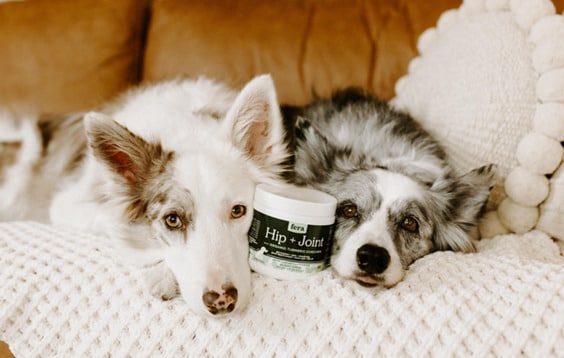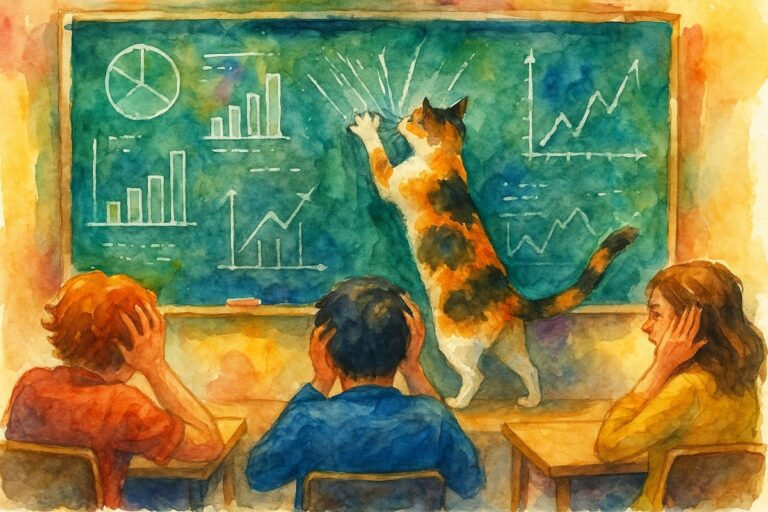U.S. pet owners are seeing some relief at the checkout for food, but not when it comes to services like veterinary care, according to a recent report from the Bank of America Institute.
The study, titled Best in show: U.S. pet ownership, highlights that pet food inflation has leveled off, with year-over-year price growth at around 0% as of April 2025. However, pet services — including veterinary care and grooming — remain costly, with prices up 4.6% year over year and 42% higher than in 2019.
Despite high service costs, Bank of America’s aggregated credit and debit card data shows a 1% year-over-year drop in veterinary spending per household in April and a 4% drop in spending at pet stores. The decline may partly reflect a shift toward pet insurance, which has grown 20% annually since 2020 according to the North American Pet Health Insurance Association, though coverage penetration remains relatively low.
Consumer purchasing behavior shifts
The report also points to a shift in consumer purchasing behavior. While inflation in pet food prices has cooled, consumers may be “trading down” to lower-cost products or switching from pet specialty stores to grocery retailers for convenience and savings. According to a CivicScience survey, “cost” and “convenience” are top factors influencing where people buy pet food.
Pet ownership remains widespread, with 94 million U.S. households reporting at least one pet, according to the American Pet Products Association. Millennials now make up the largest segment of pet-owning households. Many consumers — particularly younger, lower-income millennials — are adjusting spending habits in response to broader cost-of-living pressures, such as rising insurance and utility bills.
Regionally, Seattle and San Francisco lead in pet spending, with average monthly spending in early 2025 more than 30% above the U.S. average. Northeastern cities like New York and Boston also reported higher-than-average spending, while cities like San Antonio, St. Louis, and Atlanta saw below-average levels. Analysts suggest these differences are likely due to regional price variation and cost-of-living disparities rather than differences in pet devotion.
As households continue navigating inflation and economic pressures, pet industry spending patterns suggest that while Americans remain committed to their pets, they are becoming more selective in how and where they spend.
Methodology: Selected Bank of America transaction data is used to inform the macroeconomic views expressed in this report and should be considered in the context of other economic indicators and publicly available information. In certain instances, the data may provide directional and/or predictive value. The data used is not comprehensive; it is based on aggregated and anonymized selections of Bank of America data and may reflect a degree of selection bias and limitations on the data available.



Leave a comment